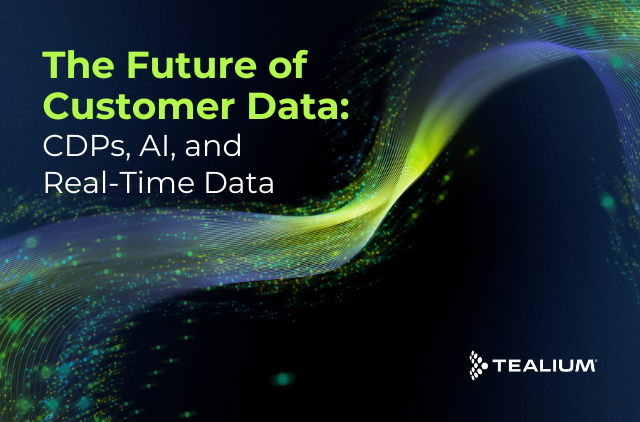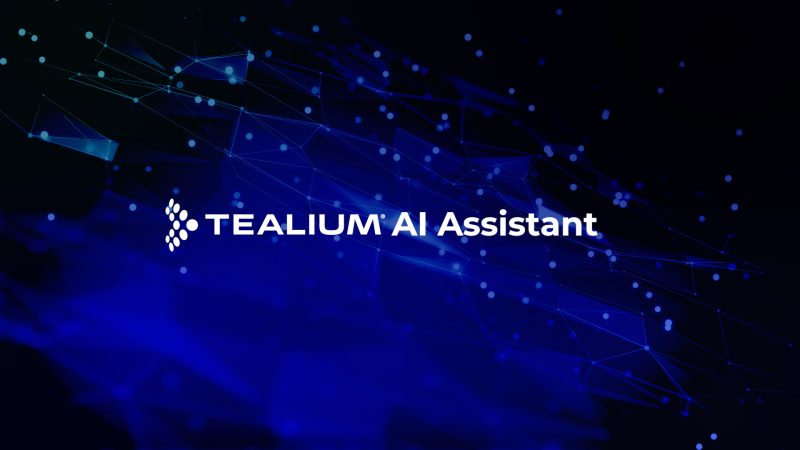The potential benefits of using ML capabilities are vast. How do you know where to get started? This is part 2 of a 2-part series. You can read part 1 on building you ML business case here.
This article series was jointly written by Elizabeth Marshall, Director of Solution Consulting, and Katie Jarrell, Senior Customer Success Manager, with supplemental editing by Matt Parisi, Sr Product Marketing Manager.
Now that you’ve read Part 1 of our ML for Marketing Tips series on Building Your Business Case, it’s time to move on to picking the specific use cases where ML for Marketing will be applied.
First Off, Don’t Start from Scratch
Every organization has goals for their customer experience. And you probably have milestones that lead up to those goals. We find that it’s most successful to start by augmenting your existing targeting efforts using ML insights. As Gartner puts it, “Do not reinvent the wheel.” In our customer research prior to building our new ML feature, the #1 request for ML analysis was “Tell me what my customers are going to do next.”
This simple insight can have a transformational impact when leveraged to improve customer experience. This is where we advise starting with your own ML for marketing strategy— leveraging predictive insights on the prospects and customers who are likely (or unlikely) to achieve your goal.
These insights can be layered in with your existing targeting to augment your efforts. For example, you’re probably retargeting visitors to your website. How much more effectively would that campaign perform if you layered in predictive insights? For example, you could retarget only those visitors who have a high likelihood to buy.
Where Should You Implement ML Capabilities? Inject ML at the CDP
Our new ML feature, Tealium Predict ML, built straight into AudienceStream CDP, is a powerful way to maximize the value of ML for marketing by injecting ML capabilities into our Customer Data Hub. By adding ML to a well-integrated, customer data-rich platform (more info: What’s a Customer Data Platform?), the value of ML is scaled across the tech stack and the biggest challenges inherent to ML are solved— namely wrangling customer data and integrating insights.
As organizations bring more and more data from disparate sources together within the Customer Data Platform, the CDP becomes a rich source of customer data. ML thrives with high volume, high quality data. Utilizing Machine Learning in the CDP can help automate the creation of attributes (insights) at scale and enable the business to better understand who the customer is and what they mean to the business to help drive a particularly important business outcome.
Key ML Challenges to Solve
In order to follow this strategy, it’s critical that the system in place addresses some obstacles:
- Accessible to business users— Predict is a no-code fully managed feature
- No separate infrastructure— In just a few clicks business users can create and train a model using the data you already have. (no additional data silos)
- Integration is of paramount importance— The output attribute from Predict ML is immediately actionable in AudienceStream (real-time)
- No black boxes— Advanced configuration should be possible to enable more technical users, and to ensure the prediction is tailored to your unique business case
- Use with existing tools— Predict Audiences fuel the existing marketing stack and all of your vendors are now able to use predictive data to drive marketing campaigns
How to Start Implementing ML for Marketing
Depending on whether or not you’re already an AudienceStream customer will determine whether you can go straight to generating and using predictive insights, or if you need to establish a data foundation for your ML insights.
AudienceStream Customer
If you’re an AudienceStream, great news! You have a head start. You have already defined the important behaviors for your customers across the customer journey. Any badge or boolean you’ve defined, is now a behavior you can predict and use for targeting.
- Now, this may sound obvious, but if you’ve already adopted Tealium’s Customer Data Platform the best place to start is reviewing what you have implemented today.
- Why?
- Your current implementation should look at already addressing what is a big business challenge you are having and has already had resources involved to help with the implementation and QA of not just the necessary data collection, but the activation.
- This is low risk / high reward because you are not starting from the ground up. You are starting with data that has already been collected and furthermore understood by your organization.
- Why?
- Example: Let’s say, for example, you purchased the CDP to help unify data from multiple sources. A common example is combining website and in-store data for a Cart Abandonment Use Case. Instead of considering if someone is a Cart Abandoner, take it a step further with Machine Learning to generate a predictive attribute to help you understand what the propensity is for the visitor to become a Cart Abandoner. What changes is the creation of new Audiences to say, if you are 80% likely to abandon your cart you receive treatment A. If you are 20% likely to abandon your cart you receive treatment B.
Not Already an AudienceStream Customer
If you aren’t an AudienceStream customer, there are some different considerations because in order for ML algorithms to produce effective insights, they require a well-understood, high volume dataset. There is a wide spectrum of customer data solutions and all will not necessarily be able to inject ML capabilities. Some questions to consider:
- Do you already have one centralized hub for all your customer data?
- Do all of your marketing channels work off the same set of correlated and standardized data?
- Can you use that centralized customer data hub to train the ML models and then activate those insights in real- time across your entire Marketing Stack?
- For your current audience segments, what would you do if you could predict a visitor will fall into a particular segment before they actually do?
- Would you reach out to them or how would you alter their experience to drive the outcome you want?
- Collecting and enriching visitor profiles to understand past behavior is the most powerful tool we have in understanding future behavior.
Or, better yet, consider adopting AudienceStream CDP for the unique advantages and opportunities it presents for scaling the value of customer data, and ML, across your entire tech stack.
Important things to consider ahead of onboarding a CDP
If you do decide to onboard a CDP as step 1 of your new ML for marketing strategy, here are some important considerations:
- What are your data sources (where is your data coming from? Does this paint a full picture of the customer or are there areas missing?)
- What events are important for your business to track (Are there offline or historical events you need to seed the system with)
- What audiences/segments are of interest to your business (and do you currently have the data needed to define them)
- What marketing channels do you use to reach out to these audiences (Do you know which channels work best for which audiences?)
- What are you KPI’s and how are they measured? (how will you know whats working and what needs optimization)
Setting Up Your Use Cases
Once you have a customer profile tracking the most important customer behaviors, then you can start to think about the specific use cases where you will leverage predictive insights to augment your existing programs.
Here’s a list of the top 5 ML use cases we see emerging today to get your imagination started: https://tealium.com/blog/data-driven-marketing/tealium-predict-ml-top-5-emerging-machine-learning-use-cases-with-customer-data/
Predict ML will score all visitors for the goal you select on a scale of 0 to 1. Then, this score can be used to define audiences and used in rules to trigger CX actions (if likelihood to purchase is greater than .8, add to email targeting list). Think about which audience segments you have that could benefit from a predictive insight being added. Here’s how it works:
Predict Use Case Basics–
- Pick the outcome you wish to predict. Ideally you’ll layer this prediction into one of your existing audiences.
- Avoid creating models for super specific scenarios→ use predictions like making a purchase, returning to the site, filling out a form, etc, before you start to fine tune
- Avoid excluding attributes from the model. Unless of course you have a good reason! We allow for advanced configuration for users who may be more familiar with data science and machine learning.
- Make sure you have an activation strategy for your new propensity scores
- Is your connector set up?
- Do you have creative and spend ready to go?
- Do you have a segmentation strategy for visitors based on their scores?
- Do you know how you will treat visitors with different scores?
- Know how success can be measured.
- Will you A/B test? If so how?
Example Strategy for Using Your New Propensity Scores:
Break your Visitors into 3 Groups based on their scores:
0 -.50 → Suppress from advertising or do nothing
- This is the group least likely to convert, save ad spend by excluding them.
.51-.80→ Remarket to this group, offer promotions/coupons to persuade them to re-engage
- This is the group you can have the most influence on
.81 and above → No action required
- These are the visitors most likely to come back and convert with no intervention therefore you can exclude them from remarketing.
There you have it! From just beginning to think about your ML for marketing use case to setting it up in our brand new ML feature, we hope that this blog post helped you think about how to approach adding ML capabilities to your marketing mix.
Should you be interested to see how our new Predict ML feature can help your specific situation, we’d love to hear from you.
If you haven’t yet read part 1 of our 2-part series on ML for Marketing tips, check out part 1 on how to build your business case here.







